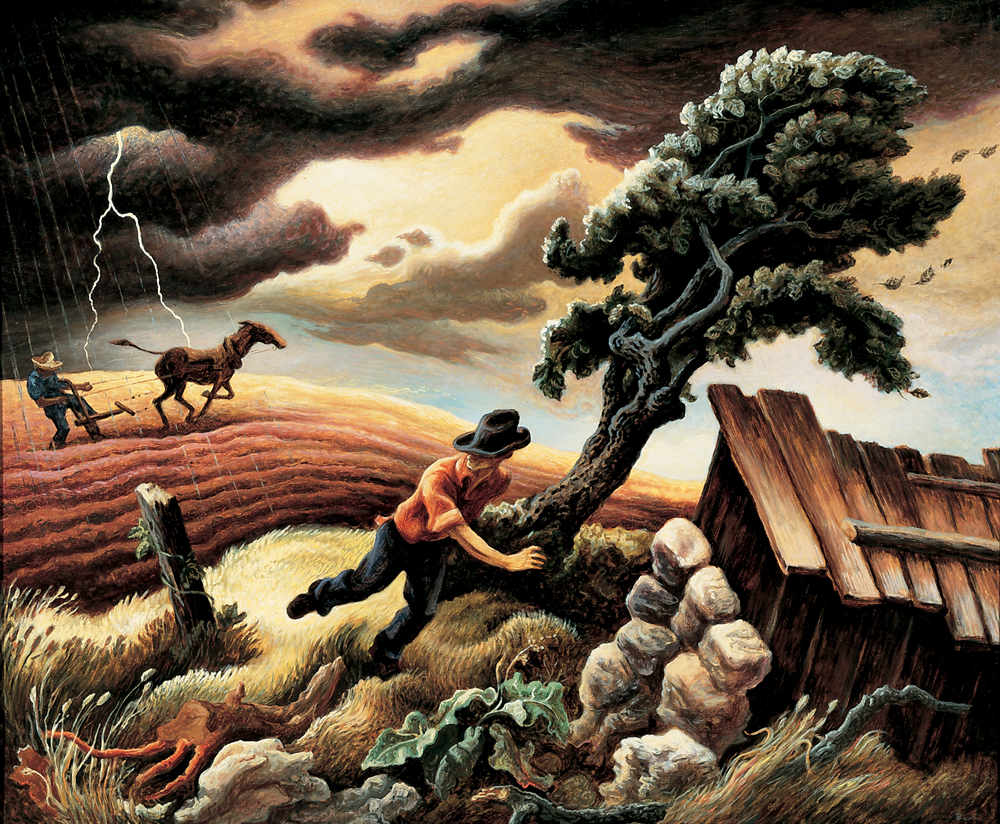AROUND THE TURN of the 20th century, “virile” (from the Latin virilis, manly) was an adjective frequently used by art critics to characterize American paintings. The boldest and most independent painters were conventionally designated as “virile,” while those who depended on European models were by implication not as masculine or even effeminate. Thus there were also nationalistic overtones to this term. “Virile” had connotations of mental health and moral purity as distinct from European decadence and corruption. Modernism itself was judged a European import that American artists would do well to avoid.
Critic Charles Francis Browne attributed to one group of American artists “a sanity, a virility, a wholesome element in much of the home art that is lacking in that done in the Old World.” In 1919, Charles Woodbury, who established a summer school for plein-air painting in Ogunquit, Maine, suggested that America was a more vigorous place than Europe: “The American people are full of life and their natural expression is force … we are not soft—not dreamers only.”
More than any painter of the 19th century, Winslow Homer (1836-1910) embodied the sturdy loner, a distinctly American preoccupation. Homer’s paintings often showed images of men braving the harsh conditions of winter, far from the comforts of urban life, and he tended to utilize broad brushwork as opposed to the linear, smooth technique associated with the European academies. His vigorous, forceful realism was a challenge to genteel, decorative, and sentimental art. Rilla Jackman, in her 1928 survey book, American Arts, captured this sentiment: “It was his work that first made critics realize that America was, indeed, developing a national art true to the character of the American people. It is virile.” Decades later, in 1990’s Reckoning with Winslow Homer, Bruce Robertson explored the legend of Homer as “the John Wayne of American painting.”
American Impressionism and The Eight
The painters who came after Homer, like the art critics, often used the word “virile” to describe their work.







